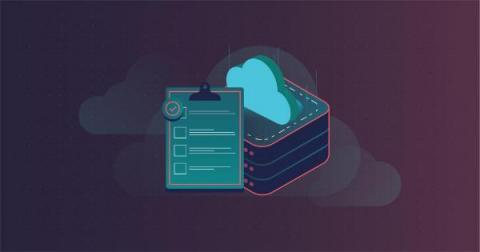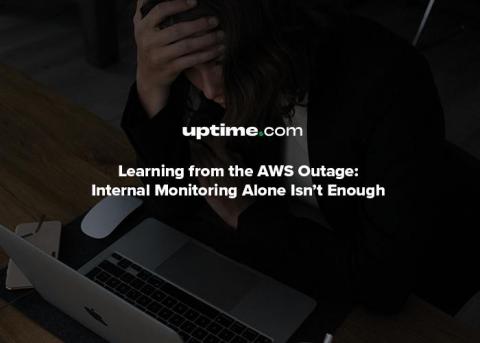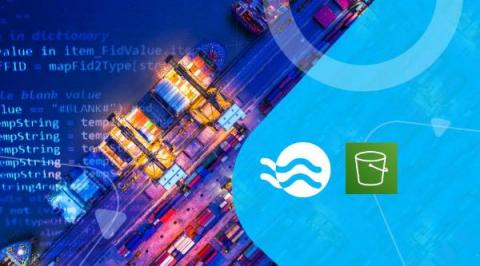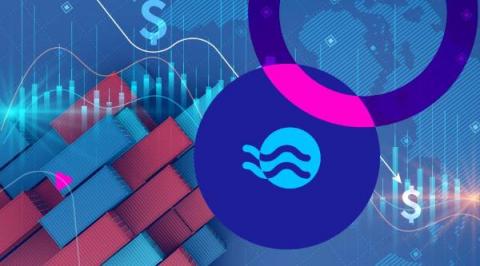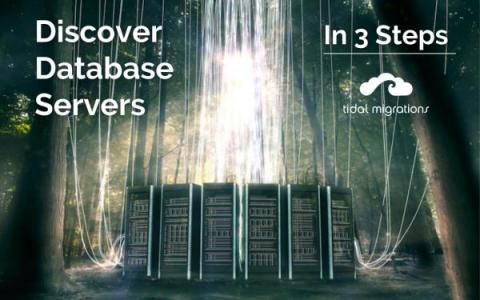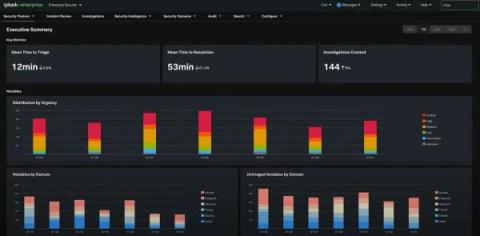Operations | Monitoring | ITSM | DevOps | Cloud
Latest News
Changelog 14th January 2022
For our Rails/Rack customers, the latest Ruby release v3.1.0 is now available. This is brand new, and Gems are still catching up, so please ensure your application works with this version locally before upgrading. For more information, see the official release notes.
French distribution company is new USU customer for software license management
Big Data Cloud Performance Management: How to Do it Right
Learning from the AWS Outage: Internal Monitoring Alone Isn't Enough
If you have set up your own monitoring services with Amazon CloudWatch, Azure Monitor or another internal tool, we suggest you consider looking beyond the horizon. These services often provide internal web monitoring only. Perhaps they validate HTTP availability from locations outside their networks, but HTTP checks won’t give you a 360º view into the state of your services.
Accelerate incident analysis by incorporating Ocean logs in any pipeline
Ocean explained: container-driven autoscaling with Kubernetes
USU wins Automotive Group as new Customer for global Salesforce License Management
Discover Database Servers In 3 Steps
I recently had a cloud migration client who was at the beginning stage of their discovery phase and looking to jump straight to “which database platforms should I be using in the cloud?” - a tall ask you might say, but following the three steps below they were able to discover and analyze all of their database servers in just two weeks.
Refined User Experience, New Executive Visibility, and Enhanced Cloud Monitoring with Splunk Enterprise Security 7.0
Just like that, another year has gone by full of remote work, virtual conferences, and lengthy Zoom calls. And, although we were not able to see our fellow Splunkers in person at.conf21 that didn’t stop us from previewing the latest enhancements to Splunk Enterprise Security. And now, it gives us great pleasure to announce that Enterprise Security 7.0 is available!





